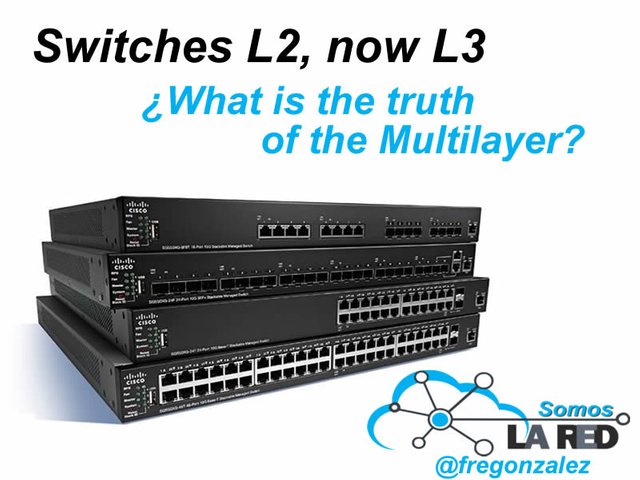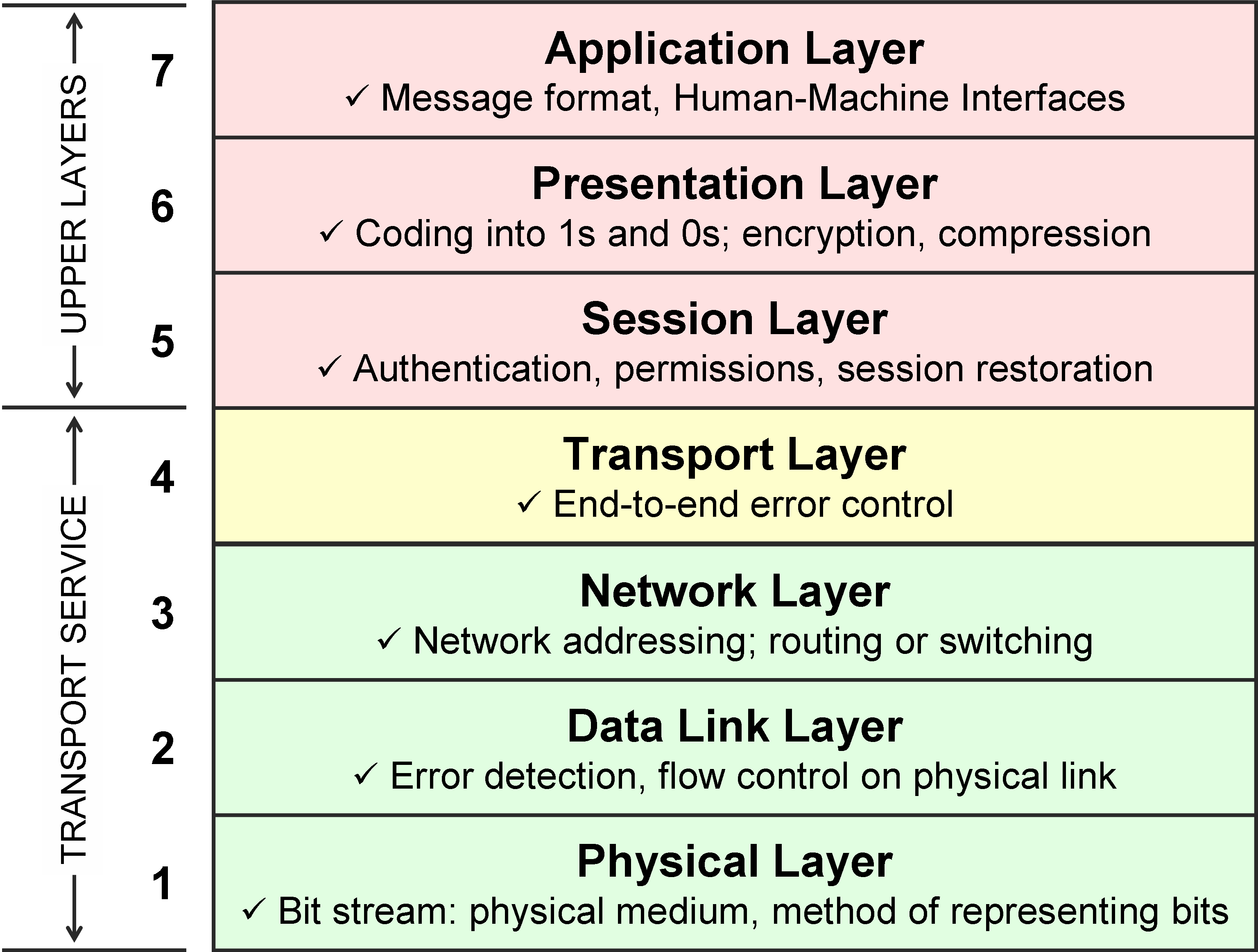What's a Layer 3 Switch, L3 or Multilayer? - Breaking the paradigm of the concepts about Layer 2 and Layer 3 Switches
What's a Layer 3 Switch, L3 or Multilayer? - Breaking the paradigm of the concepts about Layer 2 and Layer 3 Switches
Hi friends of the Steemit!, today I like to present to you all a subject that nowadays is of great interest for all professional in the telecommunications field, because of the matter that advances and changes happens so frequently and quick that when ending of get used to one, then another updated and more advanced come out!!.
The term “Switch” has become very popular. But, what is this for ? At home, a “switch” is very well known, it been used for turn on and off many appliances as the TV, the radio, the lights, etc., although nowadays, when wireless networks flood the environment, it is scarcely named.
The Switch is a device to allow that ports to be multiplied, but in a wired way, that is, if we go to the store and buy a set of these, this would allow us to connect several devices wired using network cable. Of course, the number of final equipments used, depends on the number of ports it have. Now, when we speak in the business world, there are high-end equipment, which they're different to their brothers, they're more robust, they're faster, they have more ports and, of course, they're more expensive.
Among these professional devices, there are several models of Switches, there are the non-administrable, the administrable and the Multilayer. Those that interest us in this Post, are the administrables, called Layer 2 (Layer 2 or L2) and the Multilayer or Layer 3 (L3). Now and what does the layer mean?. Well, all these teams are governed by a communication model, which is divided in layers to facilitate the study and resolution of problems, this model used to evaluate the behavior of the devices of networks, it's called: OSI Model (Open Systems Interconnection Model). This model has seven (7) well-defined layers, which represent stations in the communication process. Switches usually work in Layers 1 and 2, but others have appeared that include Layer 3, for that its name Multilayer.
Now, let's start this trip !!!
Layers that allow routing
In these three layers, the following aspects are expressed, Layer 1, called the “Physical Layer”, where the physical components are represented, which are: the connectors and the communication medias; When talking about the media, we talk about the cables, both optic fiber and copper, but we must we aware that also the environment plays an important role. For example, wireless networks use it to transport the data. Then, we have Layer 2, Data Link, which is the one that it allows the communication in the Local Area Networks (LAN), by the use of the Physical Addresses, which they're the ones used by the Switches to make the switching process. And, what is commutation? It's the process of connecting two switch ports and having them behave as if it were a normal connect; that is, if there were 24 ports in the switch and 24 final devices were connected, the flow of information would be, only by the computers that want to communicate.
Picture reference
Now, when we're talking about Layer 3 or Network Layer, we talk about IP Addresses, which they're the logical part in the communication process. In this layer, addressing is found, this is why it's the most important stage in the process of transmission and connection of networks, so it's in charge of routing communication, both in the internal networks of an organization and in the network of networks, which is the Internet. This process has always been developed by routers, which they're the native devices in Layer 3.
Layer 2 and Layer 3 switching
When we talk about the layers, we must define their functioning well, while the first one is physical, the second is the one who does the filtering of Physical Addresses or, also called MAC Addresses, depending then of another device it does the rest of the Upper layer process, called Router. In Layer 3 Switch, it works similar to the Layer 2 Switch, but in addition to the use of MAC Addresses, it also uses IP addressing for making decisions.
Having the Layer 3 Switches, the possibility of handling the addressing of the Network Layer, does not require the use of the Routers, reducing the need for this component. One of the important things, we have into account in these devices, is that they perform both functions, both the usual decision making of Layer 2 and Layer 3, which it slows down the transmission process; therefore, to the extent that the structures can be uncoupled, the process would be accelerated.


Hi! I am a robot. I just upvoted you! I found similar content that readers might be interested in:
https://www.cisco.com/c/en/us/about/press/internet-protocol-journal/back-issues/table-contents-19/switch-evolution.html